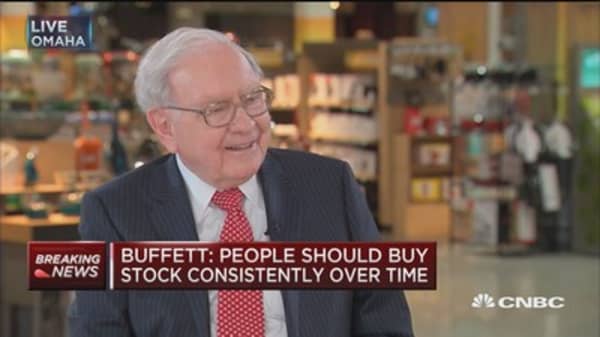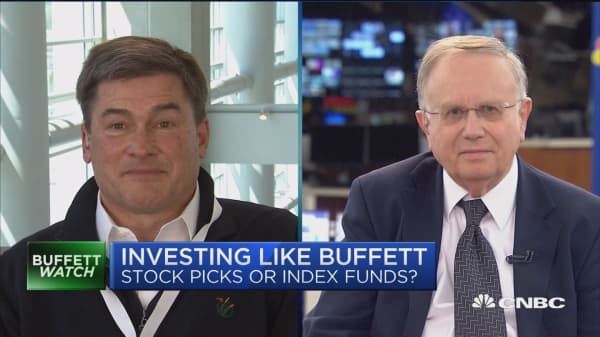We can all be accused of bad timing on occasion: walking in at the wrong moment or telling an inappropriate joke at a family gathering.
Yet when it comes to investing, most individuals are consistently bad at timing market moves, although there are signs they are getting slightly better.
With few exceptions, individual investor returns consistently lag mutual fund performance. It's a bugaboo for millions investing in such places as 401(k) plans and discount brokerages. The gap is mostly caused by investors jumping in and out of funds at inopportune times. When they should be buying, they are selling — and vice versa.






